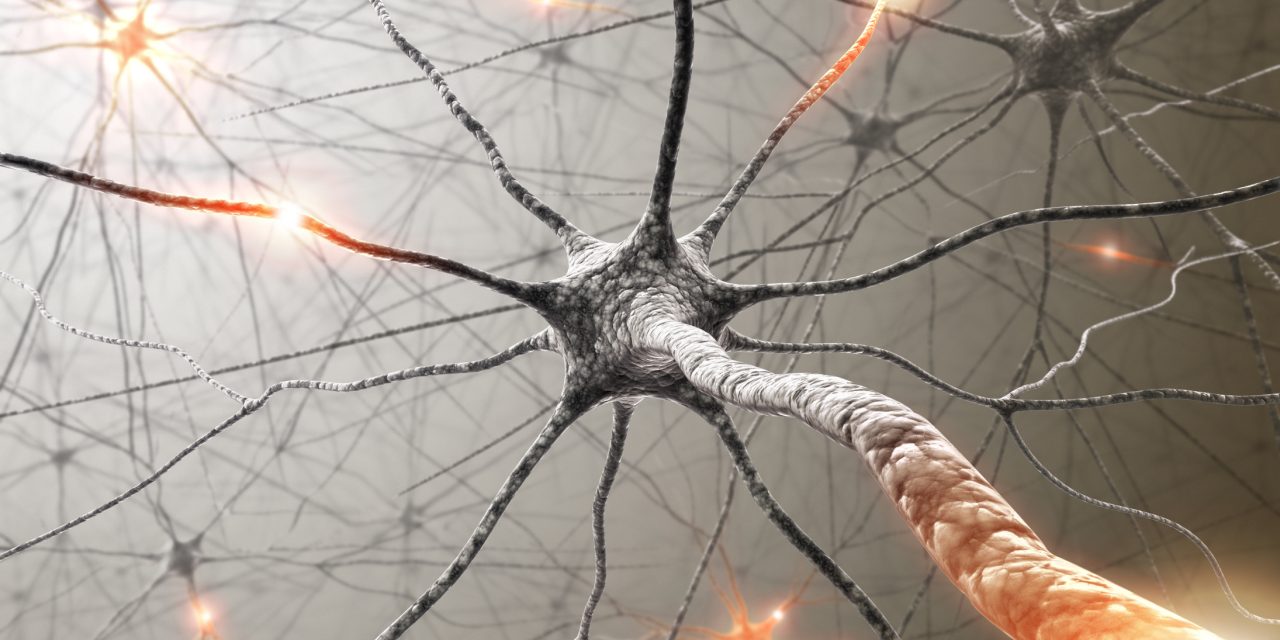SMA is an autosomal recessive neuromuscular disorder characterized by increasing muscle weakness and atrophy. It is the greatest hereditary cause of death in infants. While early detection of SMA is crucial for slowing disease development and improving outcomes, there are still significant diagnostic delays. SMA awareness, screening, and referral patterns must all be enhanced. Medscape Education emailed two online questionnaires designed by Cure SMA for general pediatricians (September 2018, n=300, December 2019, n=600). Adherence to the American Academy of Pediatrics (AAP) developmental screening and surveillance standards, comfort with identifying early indicators of neuromuscular disease (NMD), familiarity with SMA, and hurdles to prompt referral were all inquired about in the questionnaires.
In 2018, 70.3% of survey participants said they were confident in detecting early indicators of NMD, and 67.3% said they were familiar with SMA. 52.7% accurately identified the necessity for genetic testing to make a conclusive diagnosis of SMA, 74.0 % met or exceeded developmental screening standards, and 52.0% said they would refer to a specialist right enough. With a bigger sample size in 2019, 73.0% followed developmental screening criteria, while awareness of the genetic testing requirement for SMA dropped by 7.7% (P<0.03). Specialist wait periods were cited by 64.2% of respondents as a barrier to referral, with wait times ranging from 1 to 6 months. Many pediatricians are unfamiliar with the diagnostic requirements for SMA and underuse developmental screening techniques. Efforts must continue to raise awareness and reduce barriers to rapid referral to SMA specialists, such as shorter appointment wait times.
Reference:bmcpediatr.biomedcentral.com/articles/10.1186/s12887-021-02692-2


